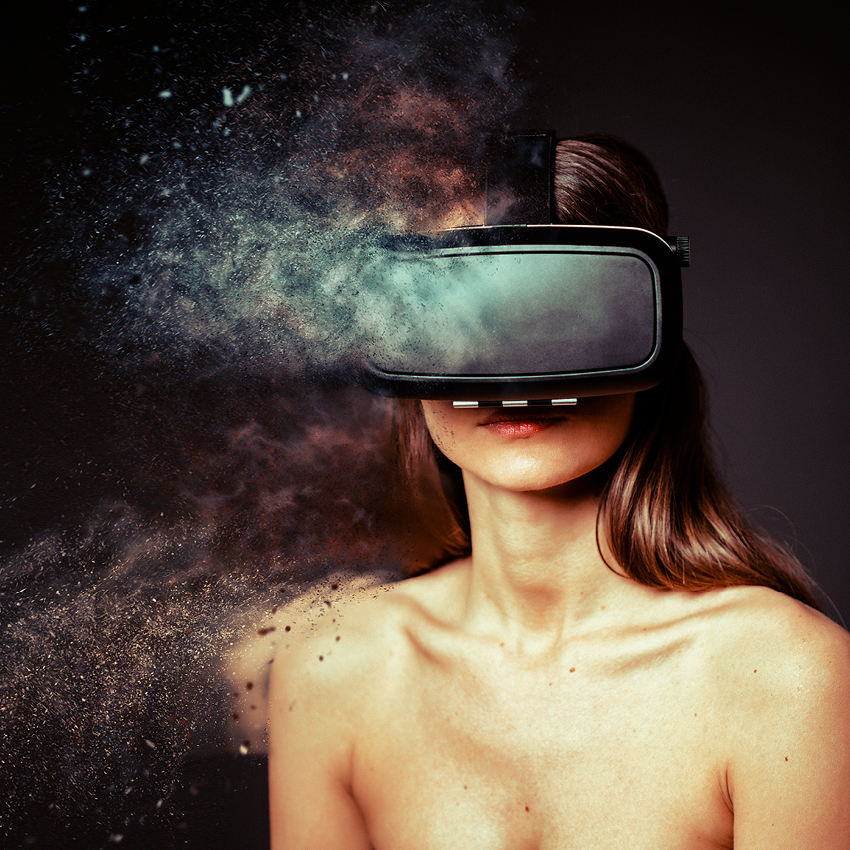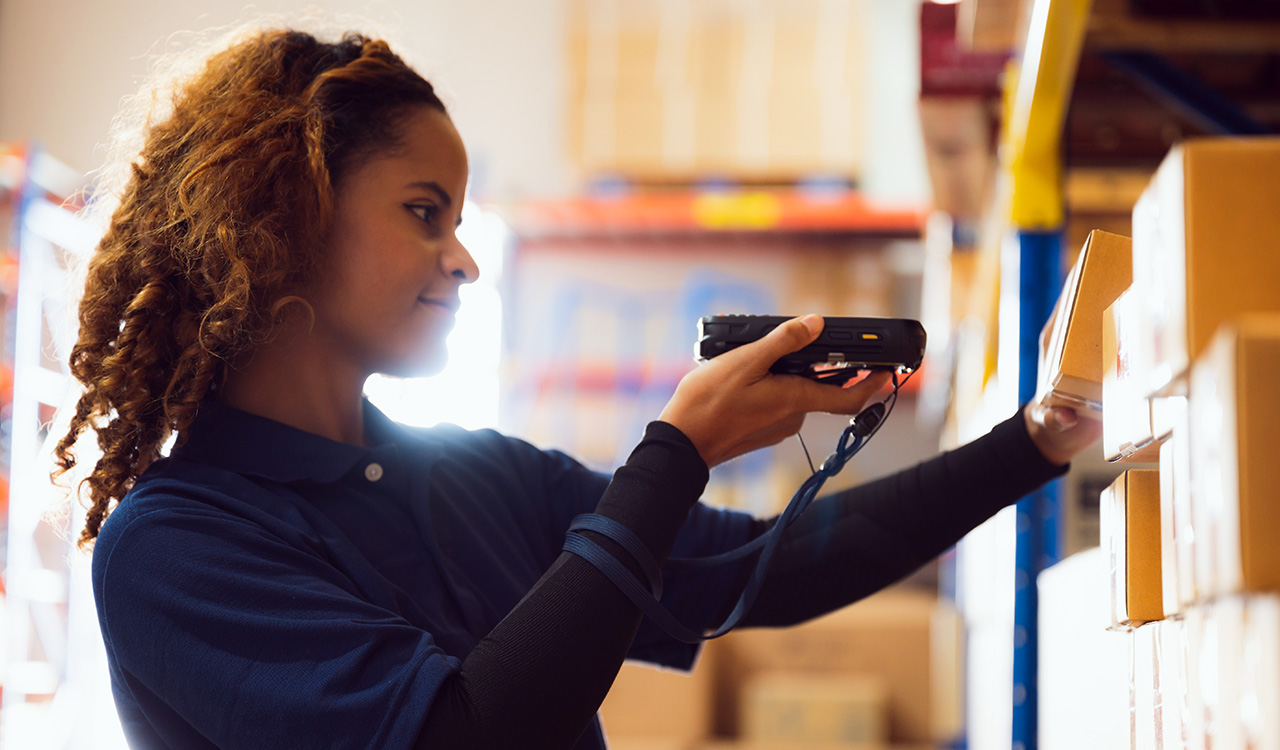Sex, China, and Covid-19. What sounds like an afternoon White House press briefing actually holds the key to understanding why virtual reality (aka VR) is one of the most overblown topics in retail right now. Social media has been a flutter with the usual geek speak on the topic since the outbreak began, and Retail Dive, just last month, also highlighted how the coronavirus pandemic could lead to higher VR adoption and a stronger consumer desire for things like “virtual try-ons” and “virtual malls.”
But everyone needs to slow their roll just a little bit.
[callout]What sounds better? Virtual reality porn or virtual reality shopping? Now, some people really love shopping, but virtual reality sex? C’mon. It is hard not to tilt the scales in favor of the latter.[/callout]
On the surface, the use case for VR, amid Covid-19, seems straightforward — even attractive. Stores are closed, more and more people are shopping online during the pandemic, and so why not create a virtual reality store online in some shape and form that simulates an in-store shopping experience? If people cannot go to stores, then why not bring the stores to them?
Makes sense, right?
Wrong.
Ersatz Real
The whole VR premise of virtual stores works on the questionable assumption that people will want to do in the digital world what they are accustomed to doing in the physical world. The problem is that the two mediums are different in delivering an experience, and the argument ignores many other conditions that might impact how people want to shop from their homes.
Any belief that VR has gone from a nice-to-have to a need-to-have is about as foolish as believing Arthur Fonzarelli really could jump the shark atop water skis, while wearing a leather jacket.
[embedyt] https://www.youtube.com/watch?v=t4ZGKI8vpcg[/embedyt]
While useful in some aspects of retail operations, like visualizing new store design, VR makes zero sense as a near-term experiential substitute for in-store shopping for three key reasons.
#1 Porn
One word, there is just one word every retail executive should utter to his or herself before earmarking VR shopping on his or her annual capital allocation plans: porn.
What sounds better? Virtual reality porn or virtual reality shopping? Now, some people really love shopping, but virtual reality sex? C’mon. It is hard not to tilt the scales in favor of the latter.
And that is the point. Virtual reality porn still has yet to take off. According to So Profit, “60 percent of the top VR websites on the internet are porn related,” and “the term ‘VR porn’ is the number-one related search term” to virtual reality. As one reader of So Profit aptly remarked, “VR was made for porn.”
The search numbers sound impressive. Yet, VR porn, according to a Piper Jaffray study featured recently in the New York Times, is estimated to become only a $1 billion business by 2025, coming in just behind video games and other sports-related content, specifically the NFL. For additional perspective, Piper Jaffray also estimates that the global market for adult pornography content, both online and video, is roughly $25 billion (meaning VR porn by 2025 would represent just 4 percent of the addressable porn market).
So, like VR porn, VR retail as a subset of online retail would be an extension or a pivot on digital commerce as opposed to a substitute to the real-life physical act of shopping. And to follow the statistics trail, to secure only 4 percent of something that is already innately digital, just means VR retail only stands to become a tiny revenue swap, not a Covid-19 unlock. It means VR in place of real physical shopping stands to be nothing more than the revenue equivalent of tuppence to feed the birds for years, if not decades, to come. If VR Porn only stands to corner 4 percent of a market that is much sexier in its use cases (pun intended), then what chance does VR have of being significant for retail right now, when current estimates of online retail penetration have yet to crack 20 percent overall?
No, until your friends and neighbors say, “Hey, have you tried this new virtual reality porn thing yet?” or until the next generation of more technologically affluent consumers hit their strides, then chances are that retail will remain way behind on the old digital adoption curve.
#2 Covid-19 Economics
For consumers to adopt VR, they have to know how to use it, the content has to be available, and they also have to have access to VR devices. The first two, as shown above, are still big question marks for the mass market, and the third, perhaps most importantly under Covid-19, also faces some challenges.
Namely, in the form of economics.
VR headsets cost money, while shopping in physical stores and online costs absolutely nothing. A quick Google search of “VR Headsets” shows that VR headsets will cost the average consumer a few bob, with popular models, like the Oculus Go, going for hundreds of dollars.
Shelling out money for a nice-to-have item like a VR headset, at a time when 20 million Americans are out of work, seems like a hard pill for the average American family to swallow, especially when total online discretionary purchases in categories like apparel also dropped handily once the pandemic began and most retailers cannot even get their websites and buy online, pickup in-store capabilities up to snuff, let alone produce content specifically for VR.
#3 — Chinese Commerce
As with so many other things in retail, China has also already shown where things are headed, and it, too, shows that VR is not the place where retail executives should place their bets right now.
VR-related porn content may be forecasted to become a global $1 billion industry by 2025, but, according to Digital Commerce 360, “livestream e-commerce shopping generated over 100 billion RMB ($14 billion) in transactions on Taobao, Alibaba’s premier C2C e-commerce marketplace in China,” in 2018.
$14 billion!
On Singles Day 2019 alone, livestreamed e-commerce generated $2.9 billion for Alibaba. The figures are just staggering.
U.S. retail, in contrast, has barely scratched the surface with livestream commerce, but the ground is now ripe for the prairie fire to start. Instagram Shops and Checkout are taking off, American Eagle just generated 2 billion impressions from one of its new TikTok campaigns, Wayfair experimented with the idea last Way Day, and, don’t look now, but livestream commerce is also one of the reasons why Amazon has been buying up the rights to broadcast NFL games and also likely why it scooped up Heidi Klum and Tim Gunn of Project Runway fame.
For a country that once made Ron Popeil famous for selling spray-on hair color (basically paint for your bald spot), livestream commerce feels like a no-brainer. One Baby Boomer’s late-night QVC binge, after all, is just another millennial’s Instagram crush.
Time to Slow Down
It is way too early to think VR has a hope in hell of recouping store volume or even substituting for what people crave within the digital world itself. The adoption curve, economics, and relative opportunity costs of other options portend quite an uphill climb.
Now is not the time to geek out and to pick up some shiny tech penny on the ground like a rube but instead to invest in what matters — to play up what makes one’s stores a physical experience, from curbside pickup to concierge servicing, and to fortify one’s digital presence, by way of concepts like social, text, and livestream commerce. That is where retail is going and that is where executives should place their innovation dollars.
To think consumers will in any way shape or form venture into a virtual store and shop like they used to shop has about as much chance for the typical shopper of happening in the near term as sleeping with a porn star. Both are the stuff of dreams and technology still has miles to go on both.



